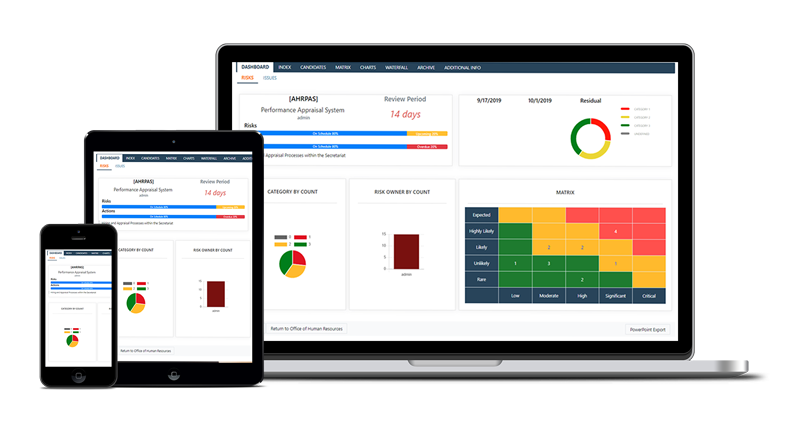For most projects, it is important to finish on schedule. For example, it might be necessary to supply gas on a certain date that drives gas exploration and production, processing or pipeline projects. Or there may be liquidated damages for late completion. The economic viability of a project may be determined by the finish date of a project, combined with the capital expenditure (CAPEX). For these and other reasons a schedule risk analysis is often conducted on larger projects.
A quantitative schedule risk analysis starts with either the main project schedule or a simplified “analysis schedule”. Analysis uses Monte Carlo simulation that requires specialized software, and answers questions that static critical path scheduling cannot address, including: (1) How likely are we to finish on time? (2) How much schedule contingency do we need to be sufficiently confident of success? (3) Which risks contribute to the problems in meeting schedule, and which need effective risk mitigation?
Three key factors determine the success of schedule risk analysis:
- Use project scheduling best practices. The schedule is a dynamic model of the project. Changes of the activity durations influence the schedule by logical relationships and might affect the final delivery date. A best-practice schedule is essential because Monte Carlo simulation changes activity durations probabilistically many times during the simulation, and we need to be confident that the underlying schedule structure and logic are correct, leading to a realistic finish date.
- Ensure good-quality schedule uncertainty and risk data. These represent the risks that drive the project. One useful method of gathering risk data is conduct confidential interviews with subject matter experts individually or in small groups, encouraging them to be honest about which risks are important and how big they might be. During the process of collecting quantitative risk data it is important to consider risks that may not be in the Risk Register but may turn out to be important.
- Encourage a risk-friendly organizational culture. Often such a culture is not present. Sometimes management does not really want to know about the possible finish date and the CAPEX value, since those specific numbers may reduce organizational support for the project. Others in management may have not used risk analysis in the past and are not convinced that it adds anything useful. In some cases, if they have not budgeted or scheduled for the risk analysis, the cost and time taken by the risk analysis process seems to be daunting, even though millions of dollars may be at risk. Usually the organization’s top management wants to know realistically which risks are important and their impact on the project, but the project sponsors and project managers want to protect their projects and downplay the significance of risk to the schedule.
Each of these factors is essential if schedule risk analysis is to succeed and provide benefits for the project. Project teams can tackle the first two factors, producing high quality schedules and collecting valid risk data. But only senior managers in the organization can develop and promote a risk-friendly risk culture. Addressing these three factors will ensure that schedule risk analysis contributes to the success of your projects.
© Copyright November 2014, David Hulett/The Risk Doctor Partnership






